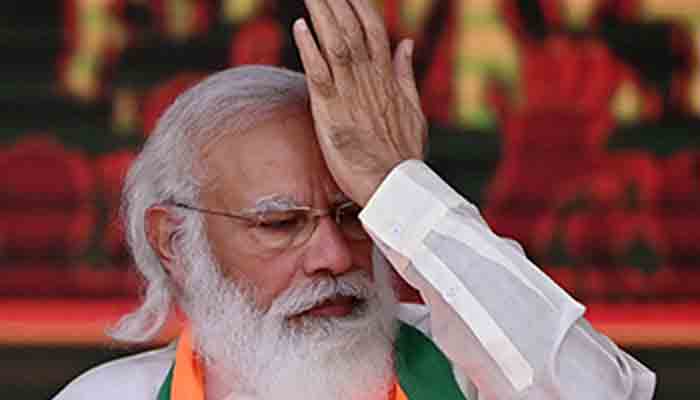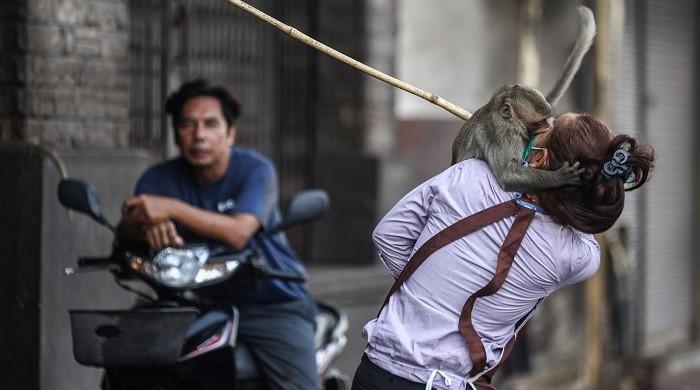Modi's popularity plummets over poor handling of coronavirus pandemic
44% of participants attribute India's health crisis to both central and state governments
August 20, 2021

- Narendra Modi's popularity falls sharply due to mismanagement of COVVID-19 crisis.
- Findings of India Today’s “Mood of the Nation” survey were released on Monday.
- About 23% of the respondents thought the unemployment rate is the second biggest failure of the BJP government.
NEW DEHLI: Indian Prime Minister Narendra Modi has been hit hard due to his poor handling of the COVID-19 crisis at home, as a recent survey indicated his popularity graph had fallen to 24% from 66% a year ago.
According to an Indian media report, the primary reason for the fall in ratings was attributed by respondents to the COVID-19 crisis. The South Asian nation has been hit hard by the pandemic, with over 32 million cases and more than 433,000 deaths reported ever since the first case was reported in the country.
The findings of India Today’s “Mood of the Nation” survey were released earlier this week, showing people are extremely unhappy with the National Democratic Alliance government over the surging inflation and the government's failure to control the price hike.
“While Modi was lauded for his handling of the first wave with a high 73% approval rating in January 2021, the disruption experienced during the second wave has seen that figure drop to 49%,” the report said.
As many as 27% of those who participated in the survey said that large gatherings, including election rallies, were responsible for the second wave of the pandemic in India. About 26% said that it was caused due to blatant disregard of the COVID-appropriate behaviour.
Echoing a foreign media report, the majority of the respondents also doubted the government data regarding COVID-19 infections and deaths due to the virus. However, 44% of the participants attributed the health crisis to both the central and state governments.
About 23% of the respondents thought the unemployment rate was the second biggest failure of the Modi government.
On the other hand, Congress leader Rahul Gandhi has been rated the third most popular face for the prime minister's post, with a rating of 10% after Uttar Pradesh Chief Minister Adityanath.
Gandhi has seen a rise in popularity ratings from 8% in 2020, the India Today survey found.
The survey was conducted between July 10 and July 22 with 14,599 participants, with 71% of the respondents from rural areas and 29% from the urban sector.
The analysis covered residents of 19 states, 115 parliamentary and 230 assembly seats.











